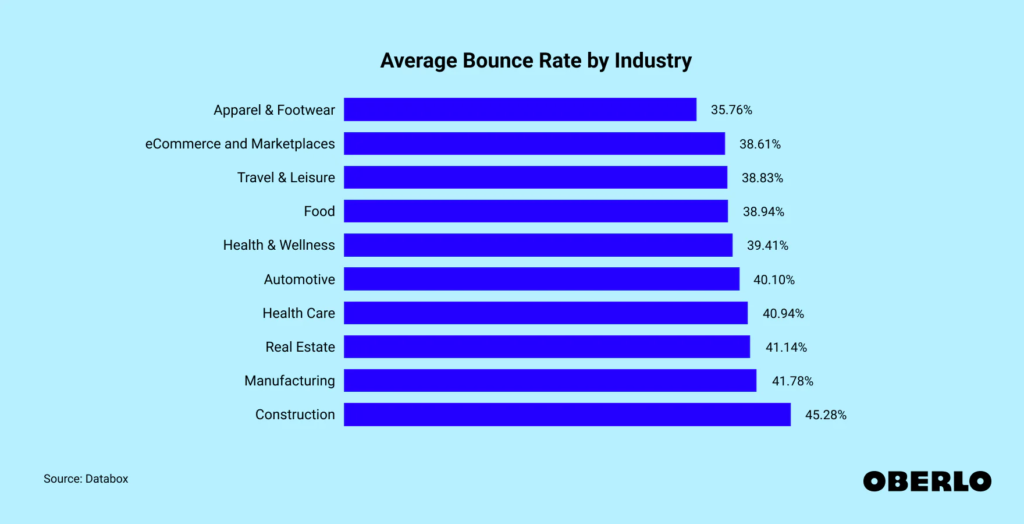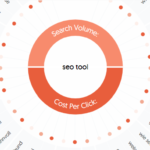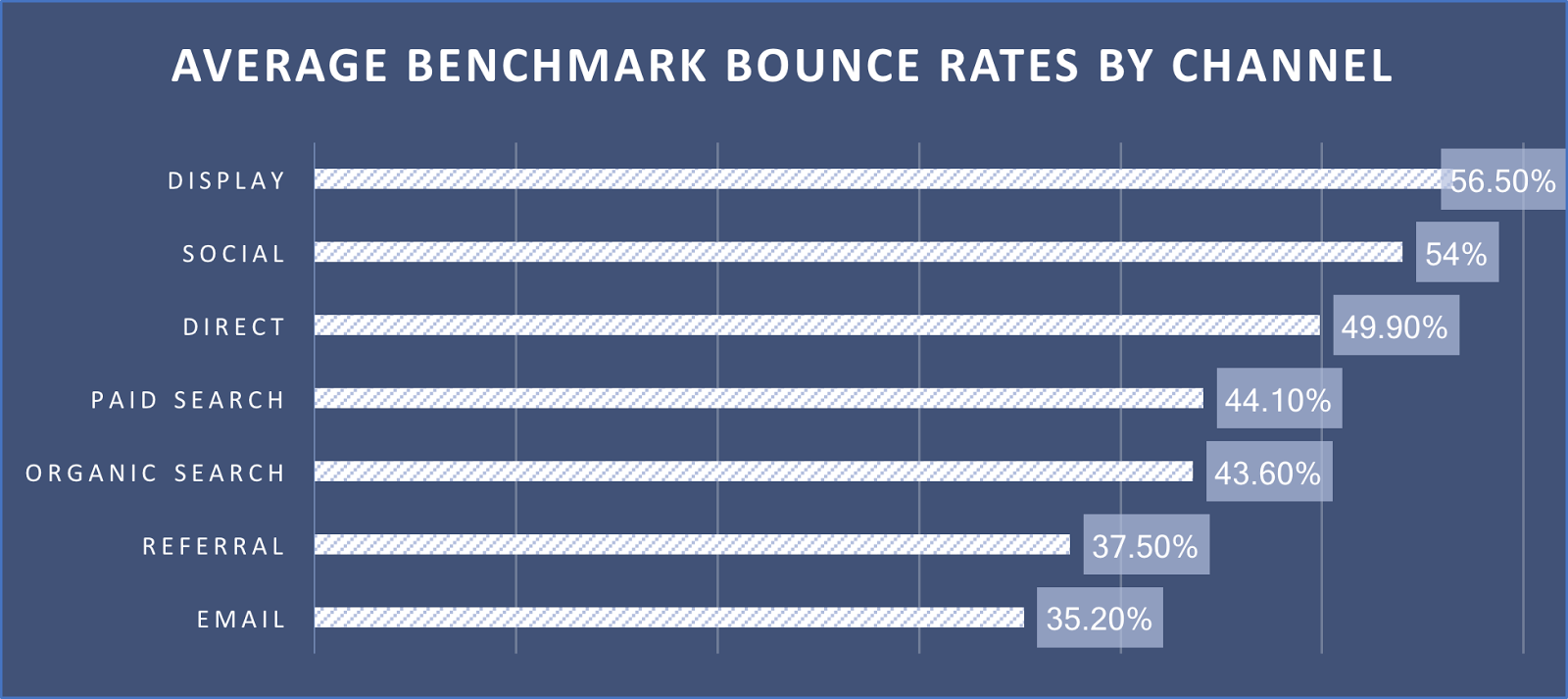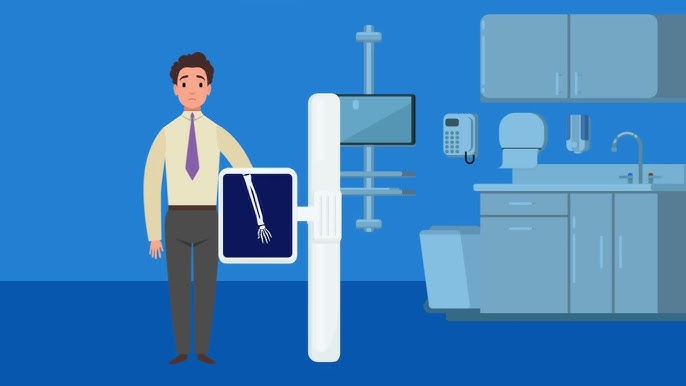Introduction to what is a good bounce rate
Bounce rate is one of the most misunderstood metrics in digital marketing and website analytics. If you’ve ever checked your Google Analytics and seen a bounce rate percentage, you might have wondered, “Is this good or bad?” The truth is, bounce rate isn’t a one-size-fits-all number, and what constitutes a “good” bounce rate depends on various factors like industry, website type, and user intent. what is a good bounce rate
In this comprehensive guide, we’ll break down what bounce rate means, what a good bounce rate looks like for different websites, how to analyze it correctly, and most importantly, how to improve it. Let’s dive in! what is a good bounce rate
What is Bounce Rate?

Bounce rate is the percentage of visitors who land on a webpage and leave without interacting further—no clicks, no scrolling, no additional page visits. It’s a key performance indicator (KPI) that helps you understand how engaging and relevant your content is to visitors. what is a good bounce rate
For example, if 100 people visit your webpage and 60 of them leave without taking any action, your bounce rate is 60%. This means only 40% of visitors engaged further. what is a good bounce rate
Why Does Bounce Rate Matter?
User Engagement: A high bounce rate may indicate that your content isn’t engaging or relevant enough to keep visitors interested. what is a good bounce rate
SEO Performance: While Google doesn’t explicitly use bounce rate as a ranking factor, a consistently high bounce rate can signal poor user experience, indirectly affecting search rankings. what is a good bounce rate
Conversion Potential: If users leave without interacting, they’re less likely to convert into leads or customers.
Understanding bounce rate is crucial for optimizing your website’s performance and improving user experience. what is a good bounce rate
What is Considered a Good Bounce Rate?
There’s no universal answer to what makes a “good” bounce rate. It varies by industry, website type, and traffic source. However, here’s a general benchmark:
Excellent: 20% – 40%
Average: 41% – 55%
Fair: 56% – 70% what is a good bounce rate
Poor: Above 70%
Industry-Specific Bounce Rates
Different industries and website types naturally have varying bounce rates:
E-commerce Sites: 20% – 45% (Since users often browse multiple products.)B2B Websites: 25% – 55% (Visitors typically look for specific information.)
Blogs & News Sites: 65% – 90% (Users often read one article and leave.)
Landing Pages: 70% – 90% (Especially for single CTA pages.)
These variations highlight why comparing your bounce rate to industry norms is essential instead of following a general rule.
Common Causes of High Bounce Rates
A high bounce rate doesn’t always mean your website is failing, but it does suggest areas that might need improvement. Here are some key reasons why visitors leave quickly: what is a good bounce rate
Slow Page Load Speed
A slow website is a major turnoff for visitors. If your site takes longer than three seconds to load, users are likely to leave before they even see your content.
Solution: Optimize images, enable caching, and use a content delivery network (CDN) to speed up your site.
Poor Mobile Experience
With mobile traffic increasing, a website that isn’t mobile-friendly will push users away quickly.
Solution: Use responsive design, ensure buttons are easily clickable, and test your site on different devices. what is a good bounce rate
Misleading Content or Clickbait
If your meta description or ad promises something different from what the page actually delivers, users will leave immediately. what is a good bounce rate
Solution: Ensure your content aligns with user expectations and delivers real value. what is a good bounce rate
Difficult Navigation or UX Issues
If visitors struggle to find what they’re looking for, they won’t stay. what is a good bounce rate
Solution: Improve your site’s navigation, add clear CTAs, and structure content in an easy-to-digest format. what is a good bounce rate
ntrusive ads and excessive pop-ups frustrate users and make them exit quickly.
Solution: Reduce the number of pop-ups and keep ads unobtrusive. what is a good bounce rate
How to Improve Your Bounce Rate
Improve Content Relevance & Quality
Content should match the user’s search intent. If visitors land on your page and don’t find what they’re looking for, they’ll leave.
Tips:
- Write compelling headlines and meta descriptions that accurately describe your content.
- Ensure content is well-structured, easy to read, and informative.
Optimize Page Speed
Speed matters. Users expect a website to load within 2-3 seconds. what is a good bounce rate
Ways to Improve:
Compress images and use lazy loading.
Minify CSS, JavaScript, and HTML.
Choose a fast web hosting provider.
3. Enhance Mobile Friendliness
Since more than half of web traffic comes from mobile devices, your site must be mobile-friendly.
How to Fix:
- Use responsive design.
- Avoid large fonts and cramped layouts.
4. Improve Internal Linking
Encourage users to explore more pages by strategically placing internal links.
Best Practices:
- Link to related content naturally.
- Use clear anchor texts.
Reduce Distractions
Avoid excessive pop-ups, autoplay videos, or aggressive ads that might annoy visitors. what is a good bounce rate what is a good bounce rate
What to Do: what is a good bounce rate
what is a good bounce rate
6. Provide a Strong Call-to-Action (CTA)
If users don’t know what to do next, they’ll leave. A strong CTA guides them. what is a good bounce rate
Examples:
“Read More”
“Subscribe Now”
“Get a Free Quote”
Conclusion
Bounce rate is a crucial metric, but it’s not the sole indicator of website success. A high bounce rate isn’t always bad—sometimes, it just means users found what they needed quickly. However, if you want to improve engagement and conversions, reducing bounce rate should be a priority. what is a good bounce rate
By optimizing your page speed, improving content quality, ensuring mobile-friendliness, and guiding visitors with clear CTAs, you can keep users engaged and improve your site’s overall performance. what is a good bounce rate
Now that you understand bounce rate better, it’s time to analyze your own website and start making improvements! what is a good bounce rate










